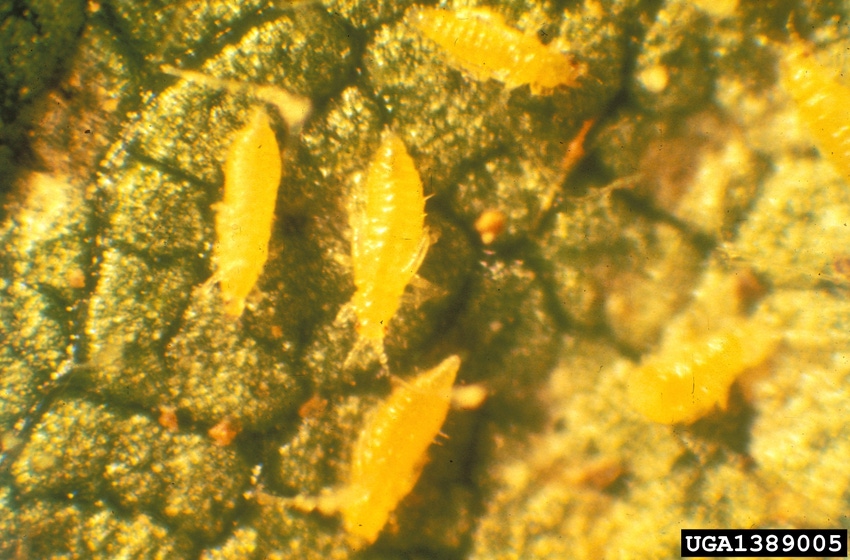
We have been fielding many calls from folks rightly worried about acephate (Orthene) control. Growers are finding thrips behind acephate sprays wondering if they their spray is working. This is driven by our recent finding in one location in the northeastern part of the state where tobacco thrips were shown to be resistant to acephate.
Although checking behind sprays is something we always recommend, checks behind a spray are most informative when paired with a check before the spray. In our replicated trials, we don’t have any insecticides that are 100% effective. For example, in a trial at the Tidewater Research Station in Plymouth last year, thrips numbers averaged 47 per plant with a Gaucho-alone seed treatment, 17 per plant behind a spray of acephate, and 13 per plant with AgLogic at planting at the two leaf stage. Although not 100% effective, foliar sprays often provide the plant a critical relief from thrips pressure at a time period where seed treatment efficacy is waning.
Furthermore, although tobacco thrips tend to be more common, thrips species are variable across fields and the growing season. Western flower thrips are very difficult to kill with acephate. Hence, thrips found behind a spray might be Western flower thrips, rather than tobacco thrips. Furthermore, species are difficult to identify without slide mounting and looking for characteristics like body hair length and antennal structures or with molecular techniques.
Additionally, thrips adults can move in behind a spray. Most of our foliar products have little residual and the presence of adults should not be used as an indication of spray efficacy. Focus scouting attention on immature thrips. They are small, cream colored, sausage-shaped, and lacked wings. You can pull up seedlings and rap them into a cup, or onto a sheet of paper. I often look for movement to help me key in on the thrips, but it pays to have sharp eyesight. One consultant recently reported that these larvae are easiest to see against a black sheet of paper. Also note that samples taken after a rain will give artificially low numbers.
Finally, focus on the growth of the newest leaf. Insecticide sprays take time to work and won’t reverse previous injury. New leaves behind a successful spray should be shiny, green, and not misshapen.
About the Author(s)
You May Also Like




